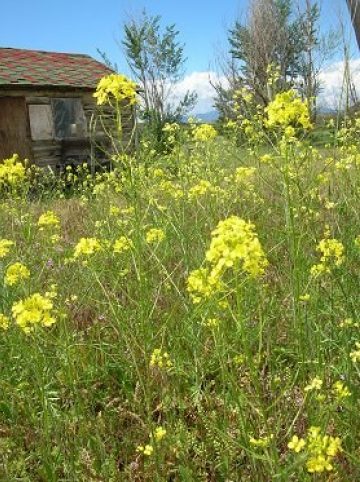The Washington State Noxious Weed Control Board (yes, there is such a thing) creates and maintains the state’s official list of noxious weeds, and they put the highly invasive weed species into three categories – Class A, B and C. From there, each county weed board personalizes the lists for its county. Only the worst weeds are classified but you still may want to prevent non-classified weeds from spreading on your land. Our Methow Weed Guide will specify if a weed has a class.
- Class A noxious weeds are usually newcomers. They are often found in only a few places in the state, and state and local weed boards hope to completely eradicate them before they get a foothold in Washington. Class A weeds are the ones you are least likely to see – but the ones that are most important to report. (If you see a plant you think might be a Class A noxious weed, please report it to your county weed board.)
- Class B noxious weeds are abundant in some areas of the state, but absent or rare in others. The state’s goal for Class B weeds is to control and reduce their occurrence where they are abundant, and to prevent them from spreading to parts of the state where they are rare or absent. The state or county weed boards often “require” people to prevent Class B weeds from spreading (by controlling/reducing them and/or by stopping seed production).
- Class C Noxious weeds are already widespread in Washington and it is not considered feasible to require eradication. In Okanogan County, the weed board does not require control of these weeds, but tries to educate residents about why controlling them is a good idea.
For more information on the Washington State listing process and the weed list, click here.
To see the Okanogan County Noxious Weed Control Board Class A & B list, click here.



